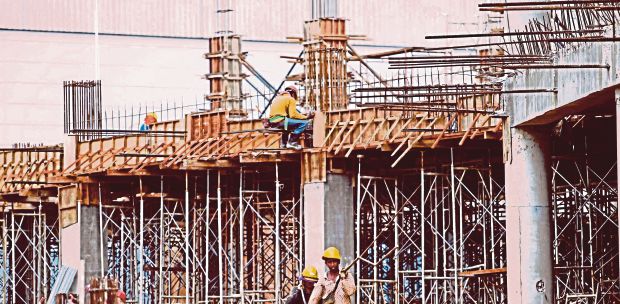LETTERS: I refer to a recent letter titled "Time to revamp homebuyer tribunal (HBT)" and agree with the points raised by the writer, but would like to add some points relating to the issue of building defects.
Being a building inspector specialising in latent defects, I have seen many good practices abandoned in the construction industry.
New products and technology have been adopted without durability testing at the site.
One example is the movement joints on the cement plastering on external walls.
Such joints counter the volume change and the consequential stress created by temperature change.
Coincidentally, a friend told me that his mother's house in Ipoh, built during the colonial age, has movement joints on the external walls.
Nowadays, this practice has been abandoned because it is not made mandatory.
As a result, nature creates the "joints" by cracking the external walls.
They are not only an eyesore, but these cracks bring in rainwater that ends up in the internal walls, damaging the fenestrations and the furniture, too.
Escalated dampness in indoor spaces is a health hazard that haunts us silently with consequential development of asthma, respiratory ailments and other allergic reactions.
Another issue is leaking. Although Section 84 in the Uniform Building By-laws 1984 mentions that suitable measures shall be taken to prevent water ingress, such suitability may have changed due to the changes in climate, construction technology and new products.
We do not have any national waterproofing standard in Malaysia.
Thus, suitable measures can be interpreted differently by different designers.
I have come across sky terraces or walkways beside open decks that have been assumed to be dry areas.
No waterproofing protection has been designed because, years back, rain fell vertically.
Nowadays, climate change and urbanisation have brought about stronger winds.
Consequentially, rainwater splashes diagonally, causing dampness in these areas with adverse impacts on indoor hygiene and durability to structural integrity in the long run.
Thus, I urge the authorities to look into these loopholes in building codes.
It is unfortunate that problems with defects and leakages in buildings are becoming more common.
Without a standard code of practice in waterproofing and clearer elaboration and better enforcement of building codes, more people would suffer when facing this situation.
Although we have new laws for latent defects, namely the Limitation (Amendment) Act 2018, which offers a 15-year time bar and a three-year limitation, this claim needs to be filed in court and a lawyer is required in the litigation.
But if this can be prevented in the design stage, rest assured that less suffering, ailment and hassle in litigation will take place in the long run.
KUAN YOU WAI
Kuala Lumpur
The views expressed in this article are the author's own and do not necessarily reflect those of the New Straits Times





